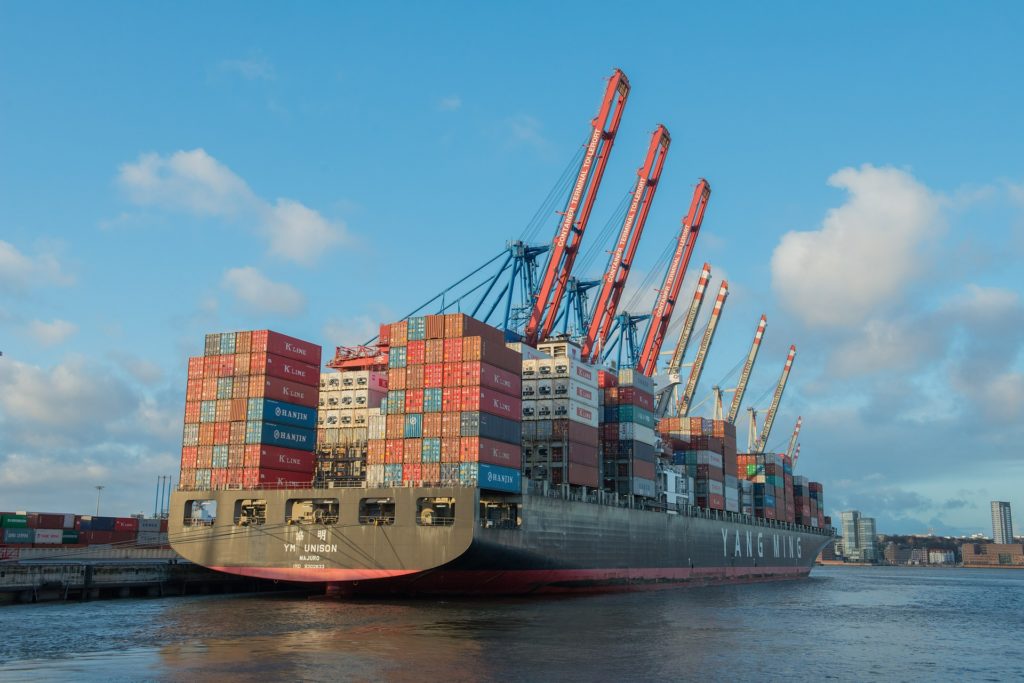
Plaquemines Parish leads in the competition for the new container port after St Bernard Parish said no.
Plaquemines Port has secured land for its proposed “gateway” container ship terminal, giving it a jump on a rival effort by the Port of New Orleans to build a large terminal at Violet in St. Bernard Parish. The Plaquemines Parish agency said that its private sector partner, LA23 Development Co., this week bought 1,000 acres of land and 8,200 feet of Mississippi River frontage on the West Bank of the Mississippi River some 50 miles from the Gulf of Mexico. It also said its governing body, which is comprised of the members of the Parish Council, approved another private sector partner, Sustainability Partners, to begin a $50 million project to connect the proposed terminal site to railroads. The announcements come on the heels of a vote by the neighboring St. Bernard Parish Council against the proposed Port Nola terminal at Violet. The St. Bernard Council had voted under pressure from angry residents who see Port Nola’s $1.5 billion container terminal as disrupting their quality of life, especially because of the thousands of daily truckloads expected to enter and leave the terminal.
nola.com
Both Plaquemines Parish ports are pirt sisters, but like sisters there is competition between them. Which will get the new large-scale container port built down river of New Orleans.
Plaquemines Port is one of the largest in the world for moving bulk cargo, including agricultural products, as well as oil and petrochemicals. But world shipping volumes have for years been moving toward containerized shipping, and in recent years Gulf of Mexico ports, including Houston and Mobile, have been vying to capture market share. Paul Matthews, deputy director of Plaquemines Port, said the United States’ largest and busiest container terminal – at Los Angeles-Long Beach – has become overburdened, which has meant that shipments coming from Asia and elsewhere can arrive there much earlier than they can at Gulf of Mexico ports but that they must wait for two weeks to offload. Plaquemines came up with a master plan for its terminal a decade ago and hired its first executive director in 2013. The process took a big leap forward in May when the agency struck a deal with APM Terminals, one of the world’s largest container shipping companies, for a 120-day feasibility study with the prospect that APM would manage it when built.
Rivalry is there but seldom comes to light.
Though Plaquemines executives don’t talk explicitly about a rivalry with Port Nola, their announcement this week about the land purchase also highlighted some differences that have made Port Nola’s proposal controversial. They note, for example, that Plaquemines Parish has a much smaller population than St. Bernard and that most of the population lives in the north end of the parish at Belle Chasse, well away from the terminal site. They also note that their proposal would be light on truck traffic and instead use inland waterways and rail to move containers from ship to inland destinations. Both Port Nola and Plaquemines are looking to facilitate the larger container ships that are coming through the Panama Canal. Port Nola’s existing terminal at Napoleon Avenue is limited by both the river’s shallower draft and height limitations at the Crescent City Connection. Plaquemines Parish already has a 47-foot draft and no height limitation. It would also have a six-hour advantage over bringing ships further upriver to Port Nola.
The facts seem to lean in the Plaquemines Parish arena not only as they are further along with their planning. Route 23 is busy now and putting the big container carrying trucks on it will impact the lives of those north of the port and using the Mississippi Bridge. That does not seem to be factored in. No matter the location, additional traffic will be the fact of life.



